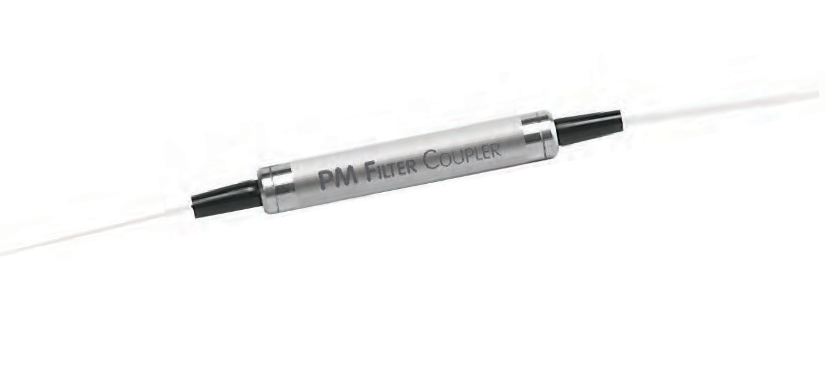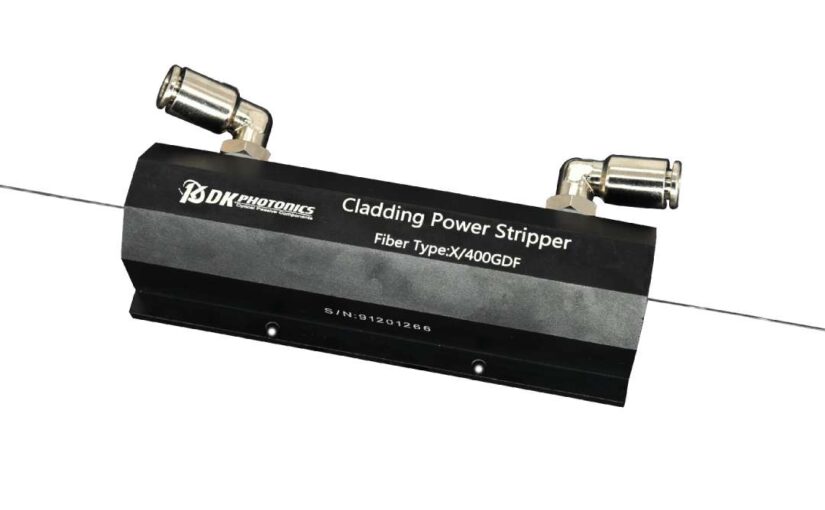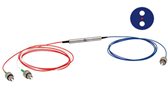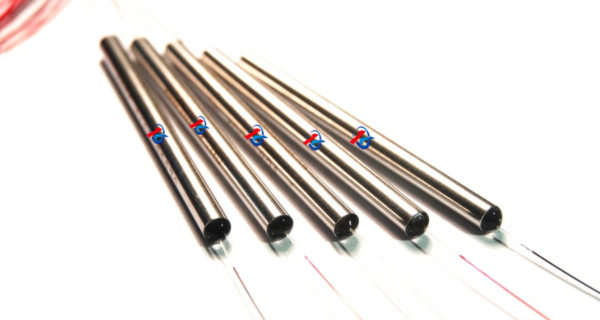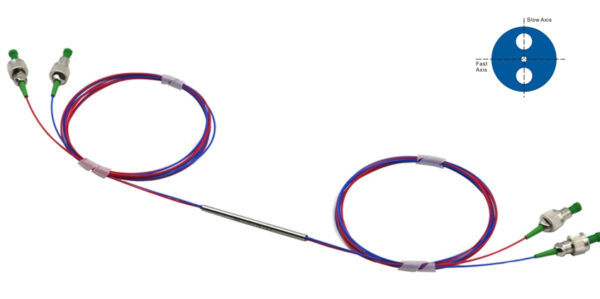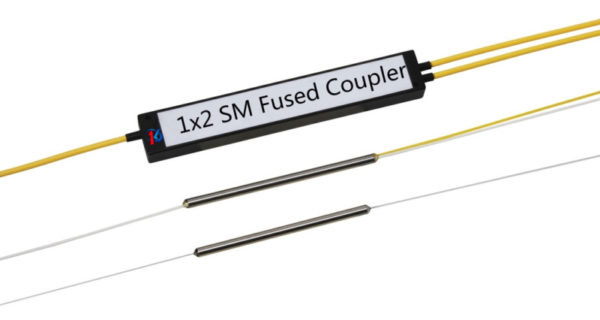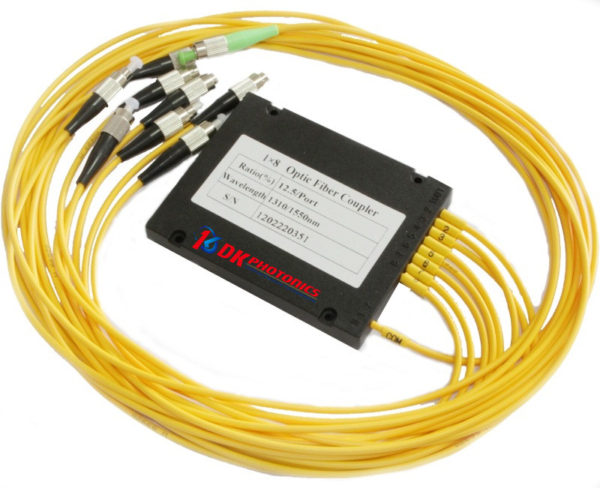Data travels at the speed of light in the world of fiber optics and every component plays an important role in making sure that the communication is efficient and reliable. The single-mode fused coupler is one such important component. When talking about single-mode couplers, 2.0μm single-mode fused couplers are an effective single-mode coupler used in optic fibers.
Today, we’re going to explore the advantages of using 2.0μm single-mode fused couplers in fiber optic systems. But first, let’s understand what a single-mode fused coupler is.
Understanding Single-mode Fused Couplers
Imagine a device that can split or combine optical signals traveling through fiber optic cables. That’s what a single-mode fused coupler does. It’s a small, yet powerful, device that can take a single input signal and divide it into two or more output signals, or it can combine multiple input signals into a single output.
Now, how does this work in a fiber optic system?
Imagine you have a fiber optic cable that’s carrying data, and you need to access that data at multiple points along the way. That’s where the single-mode fused coupler comes in. It can be installed in the fiber optic cable, and it will allow you to tap into the signal without interrupting the main data flow. This is incredibly useful for functions such as monitoring the network, splitting the signal for different purposes, or even adding new connections to the system.
But why use a 2.0μm single-mode fused coupler, especially? Let’s explore the five key advantages:
5 Main Advantages of 2.0μm single-mode fused coupler
1. Improved Performance
The 2.0μm wavelength range offers superior performance compared to the traditional telecom wavelengths. Therefore, it results in higher data transmission rates, lower signal loss, and better overall efficiency in your fiber optic system.
2. Reduced Attenuation
One of the biggest challenges in fiber optic systems is signal attenuation, where the signal weakens as it travels through the cable. The 2.0μm wavelength has significantly lower attenuation, which means the signal can travel much farther without needing to be amplified or repeated.
3. Enhanced Stability
The 2.0μm single-mode fused coupler is designed with exceptional stability in mind. This device provides reliable and consistent operation even in challenging environments like fluctuations in temperature and vibrations.
4. Increased Bandwidth
The 2.0μm wavelength range offers a wider bandwidth compared to traditional telecom wavelengths. This device is considered ideal for applications that require high-bandwidth communication because of its ability to transfer more data at faster speeds.
5. Compatibility with Emerging Technologies
As technology continues to evolve, the 2.0μm wavelength range is becoming increasingly important. Many cutting-edge laser systems and advanced research applications are leveraging this wavelength, and the 2.0μm single-mode fused coupler is perfectly suited to integrate with these new technologies.
Whether you’re a network administrator, a telecommunications engineer, or someone who appreciates the power of modern communication technology, the 2.0μm single-mode fused coupler is definitely worth considering for your fiber optic needs.

